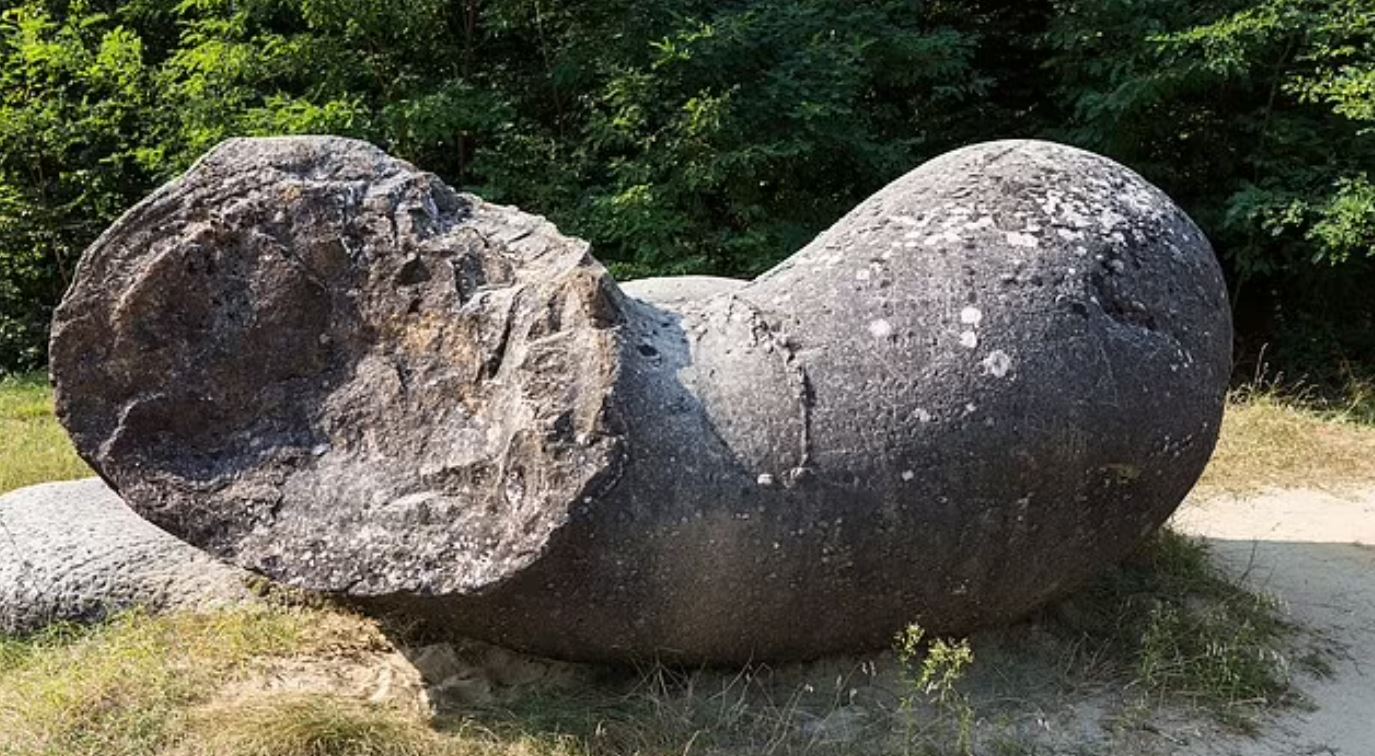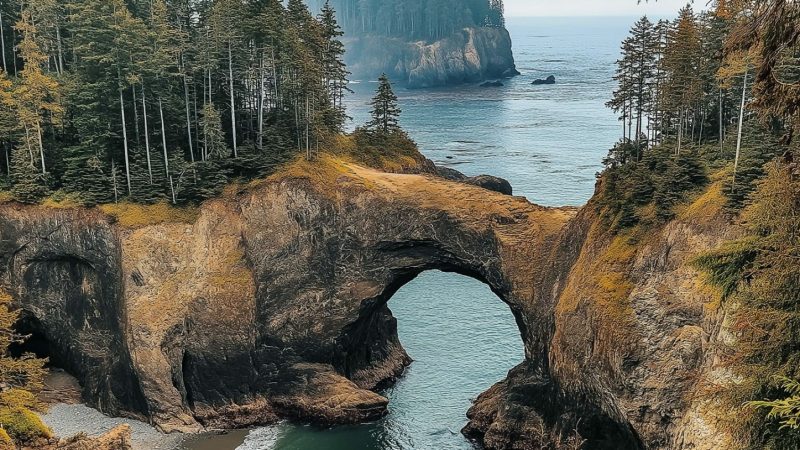
In Romania, a captivating geological phenomenon has bewildered both locals and visitors alike. These enigmatic rocks bear an uncanny resemblance to alien artifacts and have a rather peculiar characteristic – they are constantly expanding over time. Dubbed “living” rocks, these geological wonders are scientifically known as trovants.
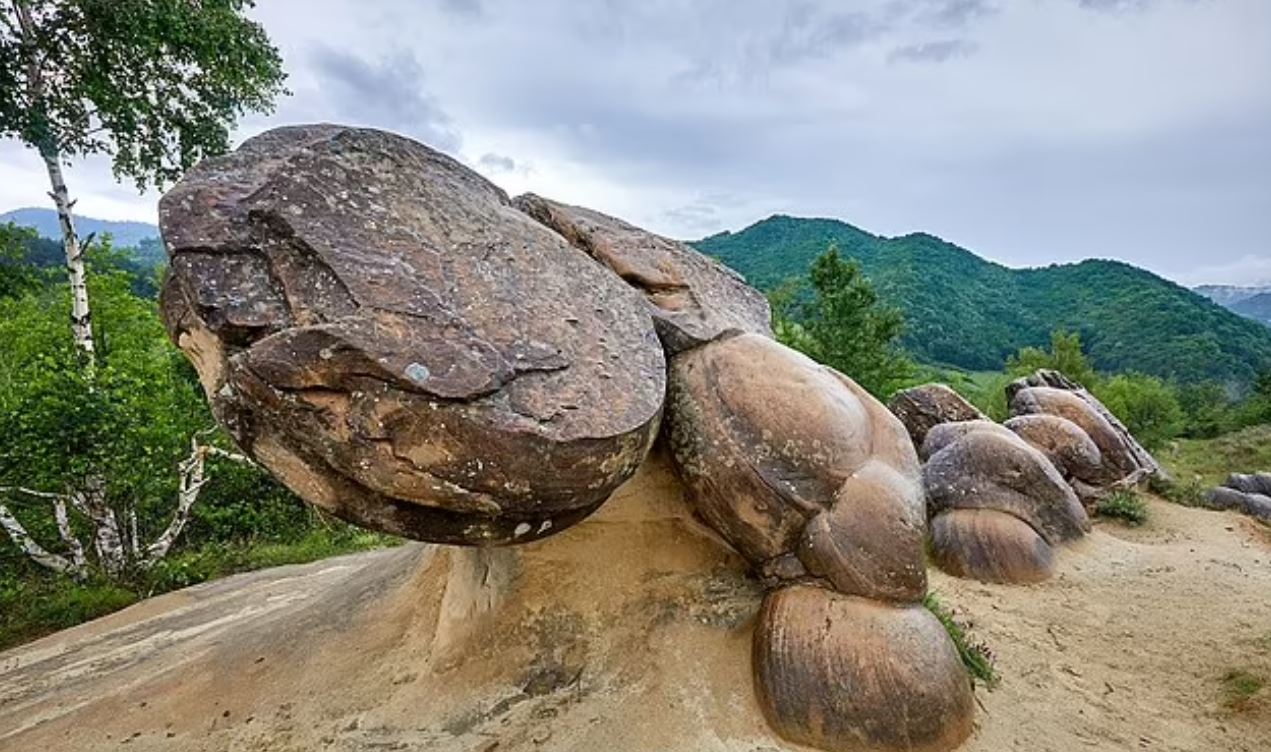
Trovants are formed through natural geological processes right here on Earth, and their appearance is a mesmerizing blend of various-sized bubbles fused together. Starting their journey as small pebbles, they undergo a unique transformation, expanding by approximately 5 centimeters every 1,000 years. What makes trovants truly intriguing is their mineral structures, which remarkably mimic the life cycles of plants and mammals.
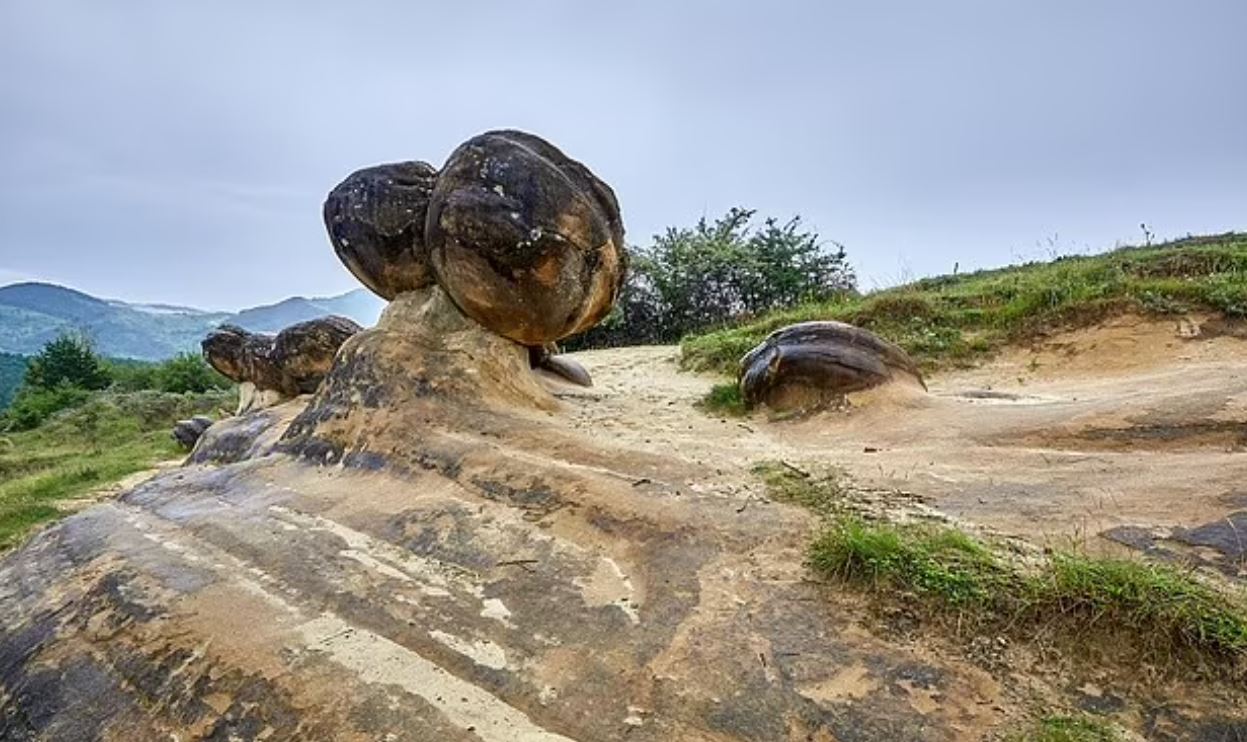
Specifically, trovants develop in a manner reminiscent of plant tissue and seem to “produce” new stones akin to how animals give birth to offspring. Found in a small Romanian village named Costesti, approximately 80 kilometers from Bucharest, these stones have left experts and enthusiasts astounded.
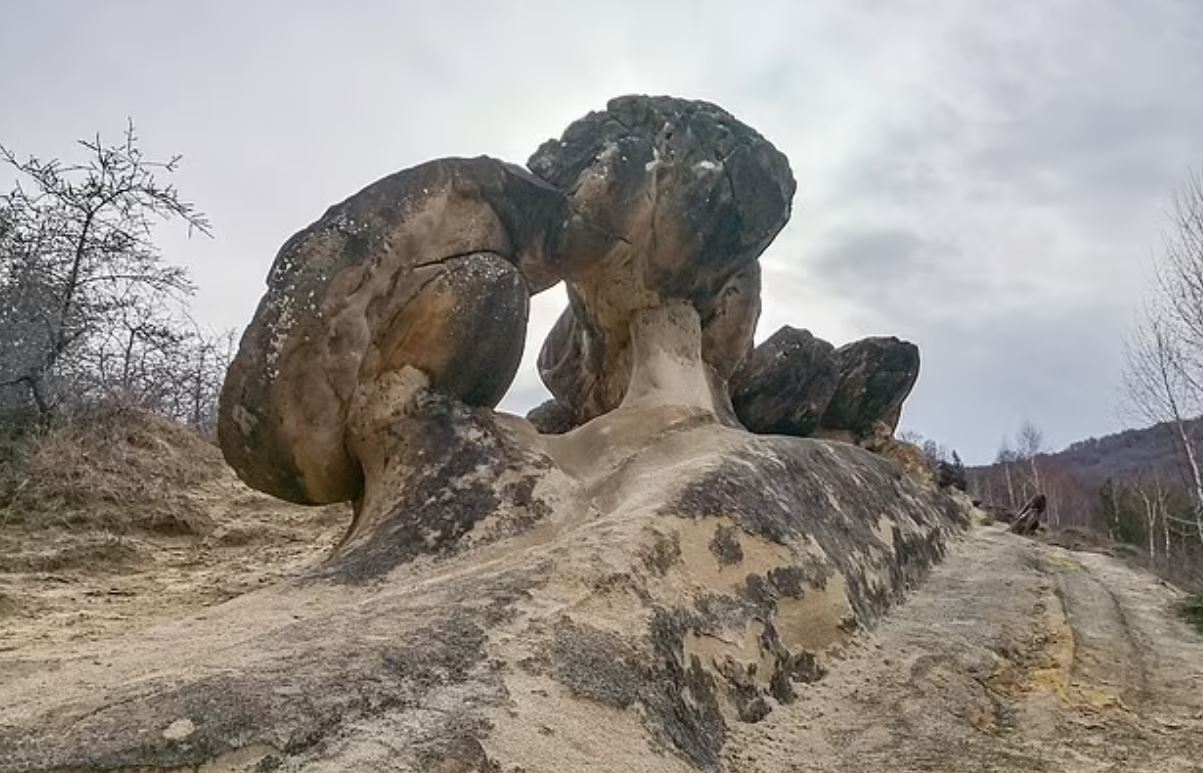
Dr. Mircea Ticleanu from the Geological Institute of Romania explains that the trovants in Romania exhibit varying ages. They do not simply emerge from the ground but are present within the sand masses from different geological epochs, gradually reaching out to natural outcrops or sand deposits.

Visitors to Costesti encounter a wide array of trovant stones, primarily composed of a hard rock core encased in a sandy crust. It is the minerals present in rainwater that trigger chemical reactions from within these stones, creating pressure and causing them to grow and multiply. Much like the rings in a tree trunk, a trovant’s cross-section reveals distinct layers, each representing a different growth stage.
